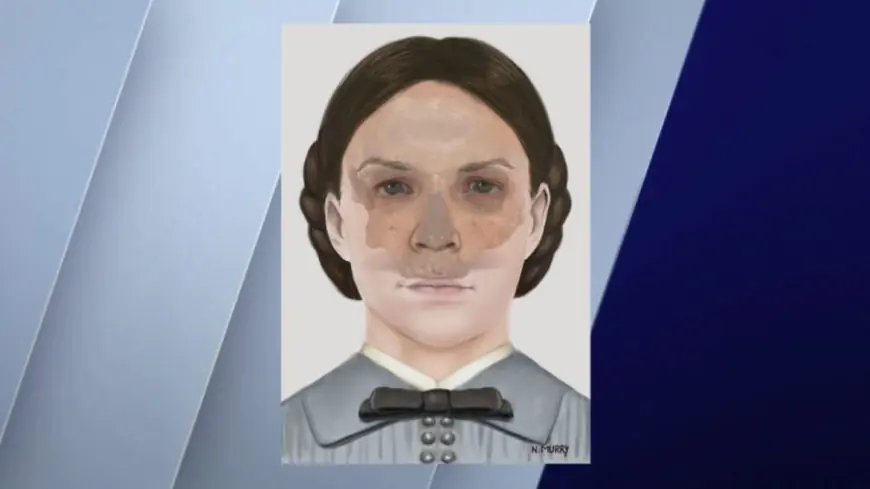Authorities ID remains found in Illinois home in 1978 as woman who died in 1866
Human remains found inside the wall of a home in the far west suburbs in the late 1970s have finally been identified.

BATAVIA, Ill. (WGN) — Human remains found inside the wall of a home in the far west suburbs of Chicago in the late 1970s have finally been identified.
According to Kane County Coroner Robert Russell, the remains were found in November 1978 by a couple who was remodeling their home in Batavia, Illinois.
During the remodel, the couple found what they believed to be a jawbone inside the wall of their home and contacted police. After further investigation, Batavia police officers also found a partial skull that had been lodged inside the wall.
Following the discovery and after the bones were entered into evidence, they were sent to Northern Illinois University's Anthropology Department, which confirmed they were human.

The coroner said then that officials from the anthropology department were also able to determine through testing that the skull may have belonged to a woman who was in her mid-20s at the time of death and that they were much older than the discovery date.
The case grew cold by 1979, and authorities eventually sent the skull to the Batavia Depot Museum where it was rediscovered by museum supervisors during an inventory audit in March 2021.
According to authorities, following the rediscovery of the skull, it was remanded to the Kane County Coroner’s Office and the investigation continued.
The Kane County Coroner assigned the case to his cold case division, which was able to contact Othram Laboratories in Texas, a forensic sequencing laboratory for law enforcement that could perform a process called Forensic Investigative Genetic Genealogy (FIGG).
By September 2023, Othram crews obtained a DNA profile from the remains and a crowdfunding campaign was started to help fund the process. The fundraiser collected $7,500 from people who wanted to see the mystery solved.
By February 2024, after a successful crowdfunding campaign, the coroner's office received a report from Othram indicating that the DNA profile had yielded a match, revealing that they believed the skull belonged to Esther Granger, from Merrillville, Indiana.


After several months of searching for a living relative of Granger, a Kane County deputy was able to contact her suspected second great-grandson, Wayne Svilar.
Further tests confirmed that Svilar was, in fact, Granger's second great-grandson, confirming the identity of the skull.
Authorities said it is believed that Granger was 17 years old when she died in Merrillville, Indiana, in 1866. It is further believed that she died from complications during childbirth.
“Through dogged investigation and the use of modern DNA technology, we have finally put a name to the skull found so many decades ago,” Russell said. “This individual has her identity back.”
It remains unclear how Granger's remains ended up inside the Batavia home, but Russell theorized that she may have been the victim of a grave robbery or a doctor may have purchased her corpse for study.
"Alternatively, physicians in the time period of her death were desperate to learn more about human anatomy so they would sometimes pay for fresh corpses. This practice is documented by the St. Charles History Museum, which referenced a notorious case from the 1800s where a grave robbery led to a riot and the death of a doctor," Russell said.
Authorities said burial records indicate that Granger had originally been interred in Lake County, Indiana.
Following the identification, Granger's remains were reinterred in a columbarium niche donated by the City of Batavia at West Batavia Cemetery during a private ceremony attended by the coroner’s office, members of the Batavia Police Department and the descendant.
“This memorial will finally, after a century and a half, confer dignity upon the decedent and honor her life. For decades the identity of this individual was unknown. Many individuals in the past worked to identify the remains however their efforts proved unsuccessful. Now decades later, thanks to the tireless work of those gathered here today, advances in science and technology, and some divine intervention we can confidently say Jane Doe is Esther Granger,” Russell said during his eulogy.
According to the coroner's office, Granger's remains are the oldest to be identified by Othram to date.
What's Your Reaction?









































































































